Scientists have developed autonomous catalytic microrobots that swim towards a specified target with a speed of 20 body length per second.
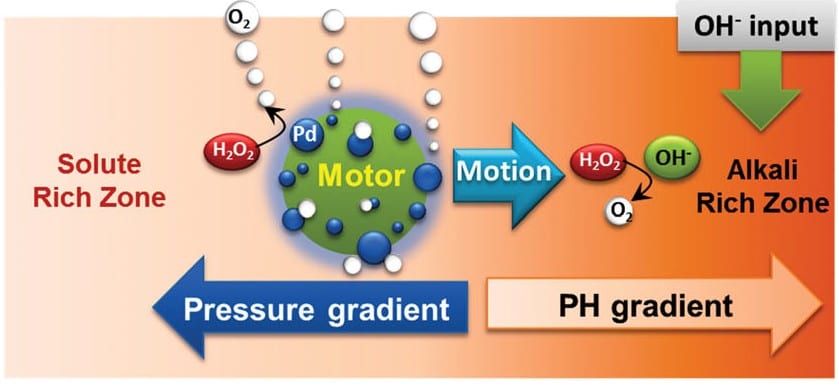

Scientists have developed autonomous catalytic microrobots that swim towards a specified target with a speed of 20 body length per second.
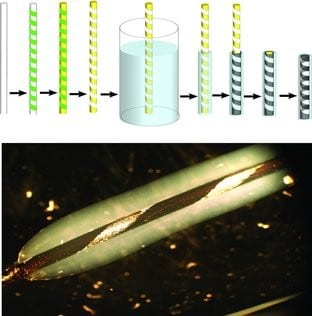
Scientists have developed a novel nerve construct: artificial hybrid conducting polymer-hydrogel conduits are used to repair peripheral nerve gaps.
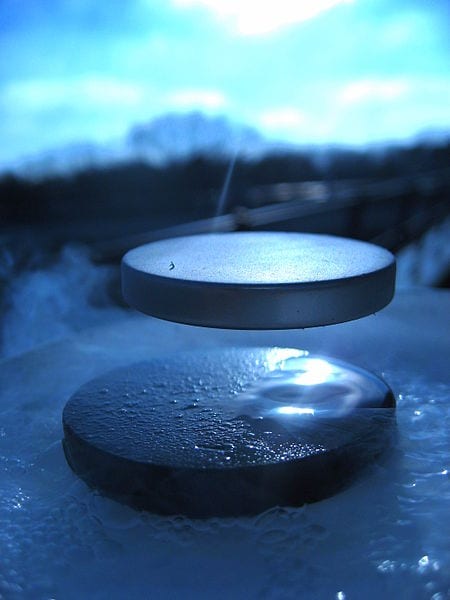
German scientists have found evidence for granular room-temperature superconductivity in water-treated graphite powder.
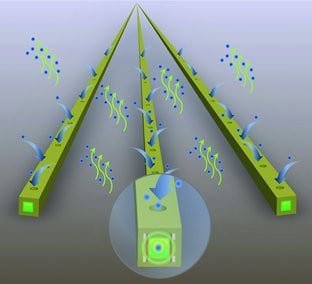
Scientists report a new method for remote tracing of vapors escaping from the liquid-peroxide explosives used in terror bombing incidents.
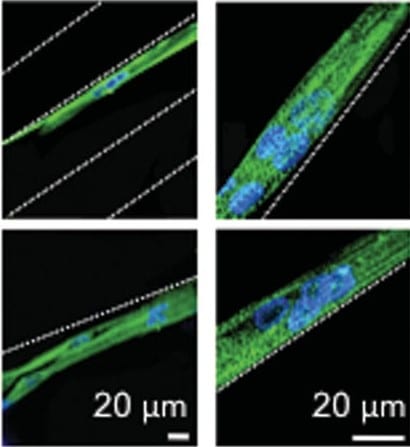
Researchers have engineered a protein biomaterial to generate mimics of human skeletal muscle to study the effect of injury and disease on this tissue.
An exceptionally flexible prototype cable-type battery can be used in a variety of shapes towards portable, wearable, and flexible electronics.
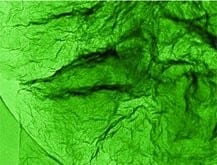
Scientists present unique crumpled nitrogen-doped graphene nanosheets as supercapacitor materials for energy-storage.
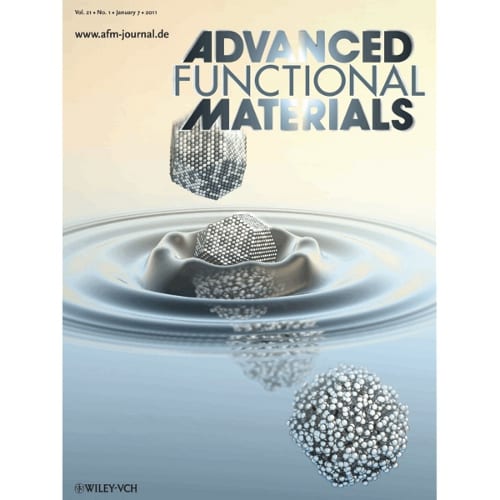
Systematic insights into well-defined platinum-alloy nanoparticles promise cheaper and more-efficient fuel cells.
University of Southern Mississippi scientists imitated Mother Nature by developing a new, skinny-molecule-based material that resembles cilia, the tiny, hair-like structures through which organisms derive smell, vision, hearing and fluid flow.
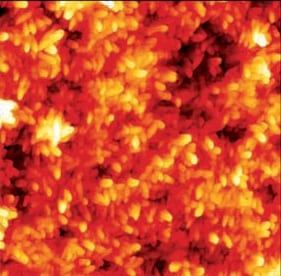
Scientists from the University of Linz engage in developing electronics that can simply be thrown onto the compost heap or, if in a pinch, could even be eaten!